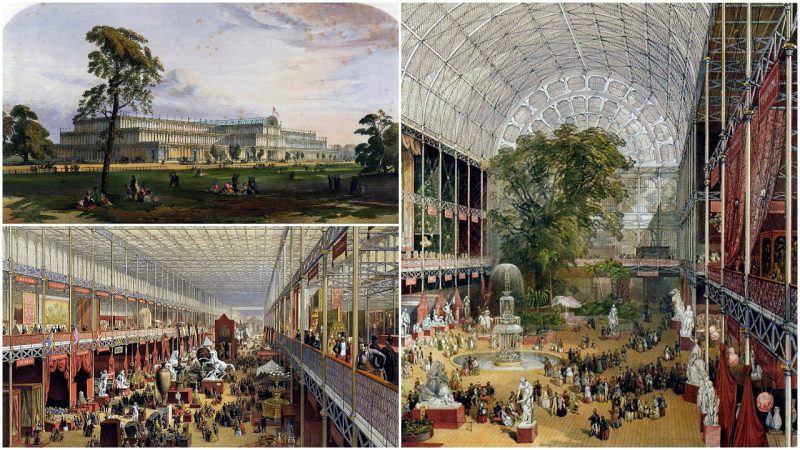Initiated by Prince Albert, the husband of Queen Victoria, and Sir Henry Cole, credited for the world’s first commercial Christmas card among other inventions, the Great Exhibition of the Works of Industry of All Nations made one of the most popular events worldwide at the time. The Great Exhibition was opened in Hyde Park, London, from 1st May to 11th October 1851, and was the first in the series of the fabulous 19-th century World’s Fairs.
The much-anticipated event was hosted in the Crystal Palace, an architectural peak achievement of its time, constructed specially for the occasion. The dome was a spacious glass house, built from iron-frame components and glass. The vastness of its interior was emphasized with trees and statues, which had not only decorative purposes but also symbolized man’s triumph over nature. The grandeur of the site gave an additional significance of the event. Joseph Paxton designed it.
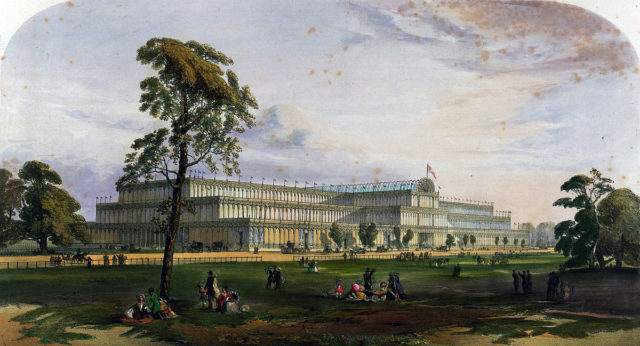
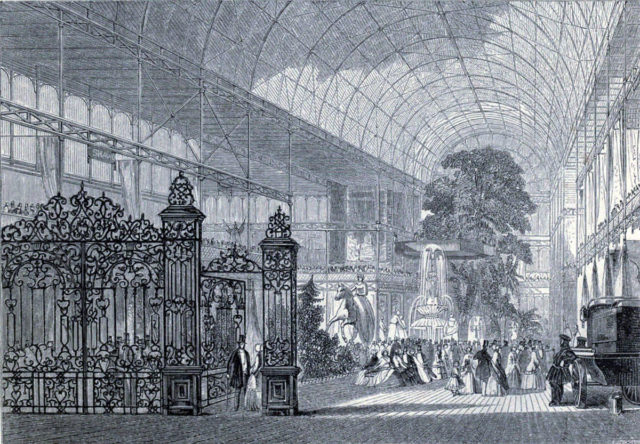
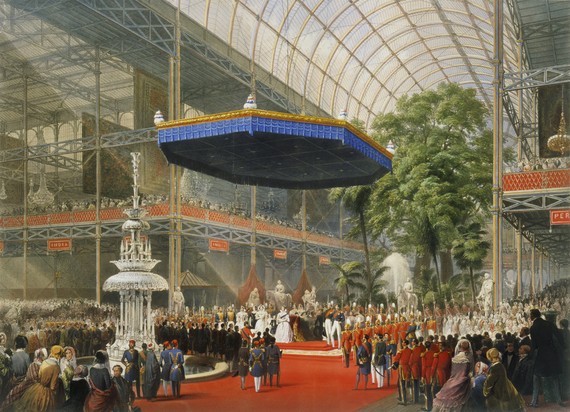
Prince Albert, Henry Cole, as well as other royal members who stepped in as organizers, conducted the Crystal Palace exhibition to cherish the start of a new and modern era in industrial technology and design. The event aimed to give people a feeling of hope and better future, particularly since Europe was coming out of a turbulent political and social period. But in essence, the Great Exhibition was also a political response of Britain to the highly successful French Industrial Expo as of 1844.
The French event had been the tenth in a series of eleven national expos in the country and particularly stimulated improvements in technology and agriculture. The London EXPO eventually outshone the French edition as it opened to international exhibitors. Despite that, Britain went on to prove its own superiority and “make clear to the world its role as industrial leader.”
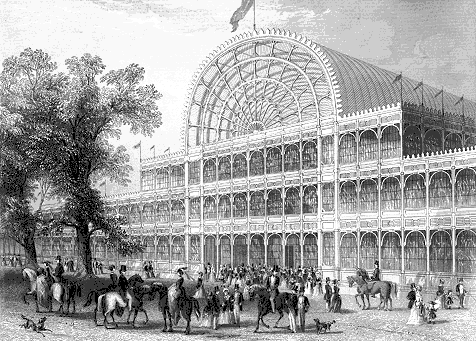
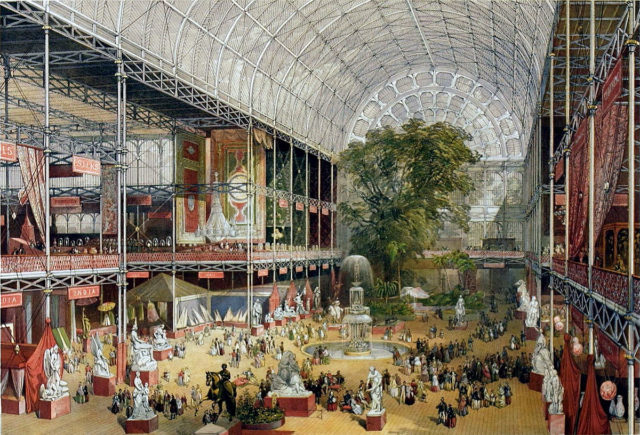
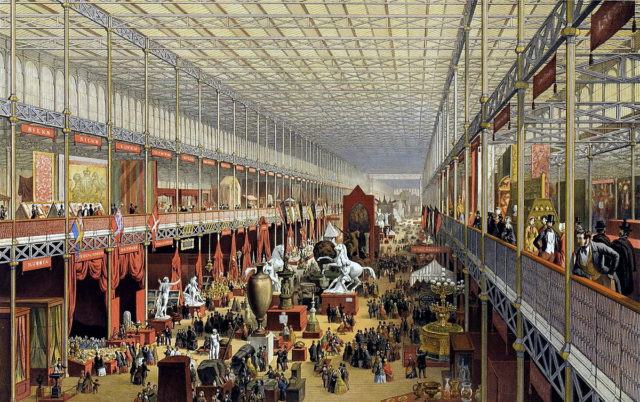
Huge crowds attended the Crystal Palace exhibition. Many notable people showed up at the event. Charles Darwin was there; writers Charlotte Bronte, Charles Dickens, George Eliot, Alfred Tennyson and Lewis Carroll had also paid their visits, as well as the American inventor, Samuel Colt. It is estimated that six million people attended the event, which equals to third of the entire population of Britain at that time.
There were 13,000 exhibits in total: electric telegraphs, microscopes, barometers, surgical instruments, cotton production machines, envelope machines, kitchen appliances, and even diamonds. In fact, the Koh-i-Noor diamond, the largest known diamond at that time, was one of the most famous and exotic attractions of the India exhibit. Its name translated to the “Mountain of Light.”
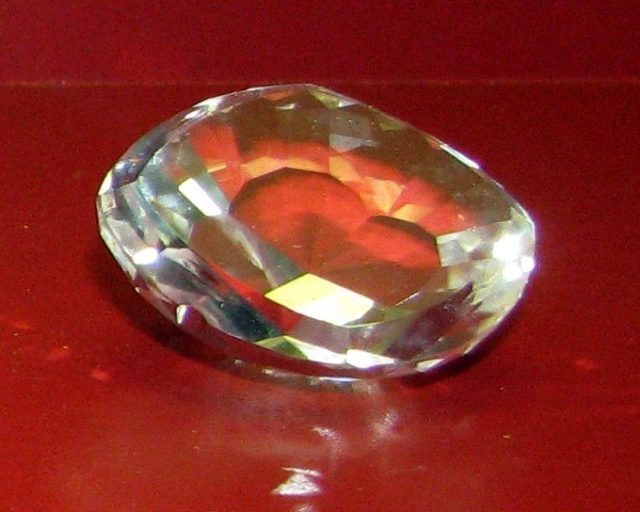
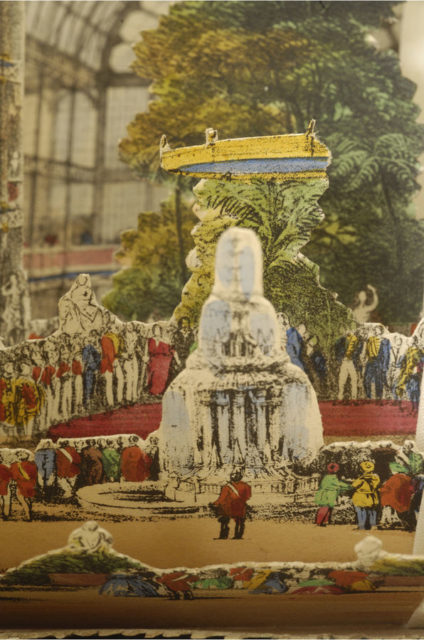
The attendees were able to purchase the Lane’s Telescopic Views, a souvenir that provided a 3-D view of the Great Exhibition; these were paper souvenirs, made of printed lithographic cards, hand-colored and held together by cloth to give the special 3-D effect. The souvenir showed a miniature view of the Crystal Palace Exhibition through a small hole on its front cover.
In average, 40,000 people attended the event on a daily basis, while 7th October holds the record with almost 110,000 visits.
These visits generated income that was sufficient for the opening of the Victoria and Albert Museum, the Natural History Museum, and the Science Museum in London. The money which was left were used for setting up an educational trust to provide grants and scholarships for industrial research that exists even today.
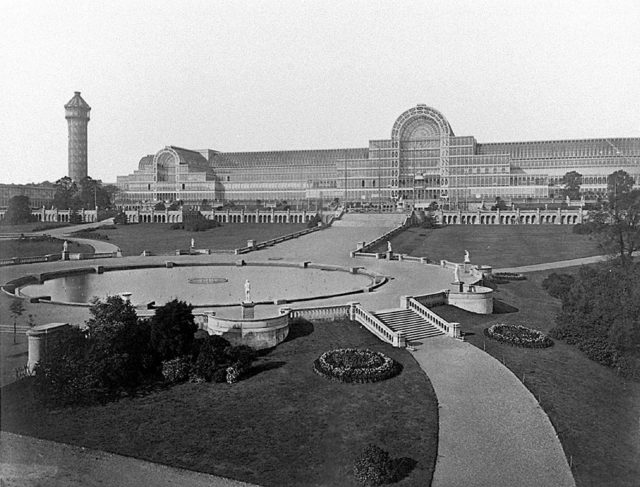
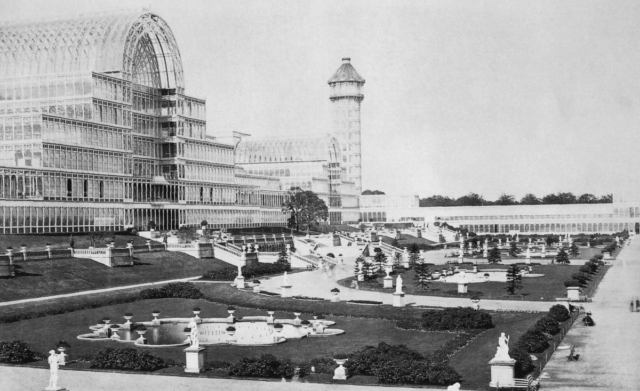
The Life of the Crystal Palace after the Great Exhibition
The life of the Crystal Palace exhibition was limited to six months only. Therefore, it was an open question what will happen with the object after the closure of the event.
Decisions were brought quickly: the Palace was de-constructed from its location in Hyde Park and was to be re-erected again on Sydenham Hill. The action started in 1852, and the new Crystal Palace was completed by 1854.
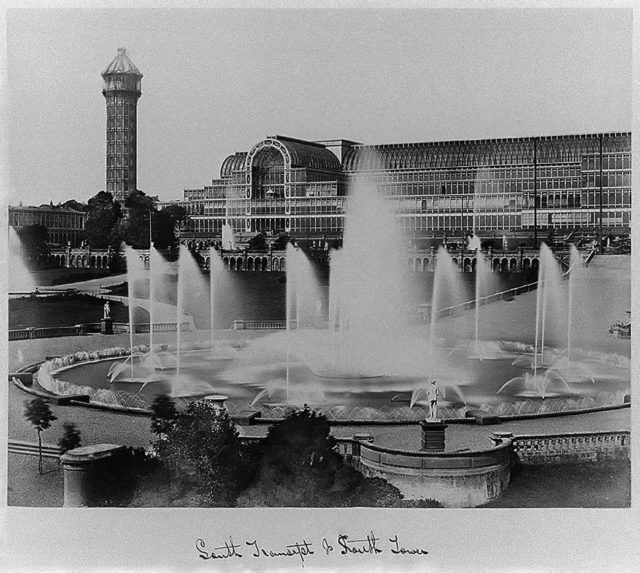
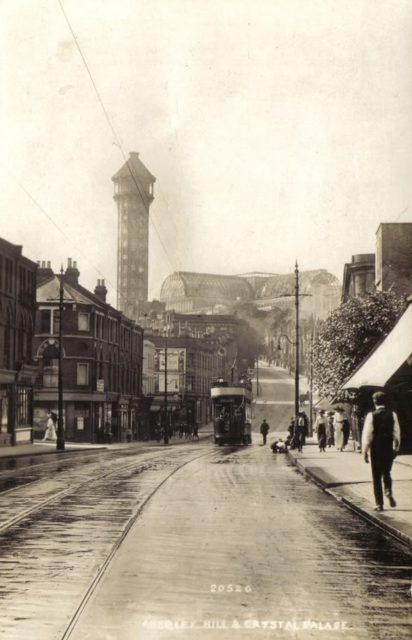
The new building incorporated most of its constructional units from its Hyde Park version, but was now remodeled and looked completely different. The main gallery was redesigned and covered with a brand new barrel-vaulted roof; the central transept was further enlarged and even made higher. Constructed again from glass and metal, this time the Crystal Palace took a ‘Beaux-Arts’ form. Once completed, Queen Victoria performed another opening ceremony.
For decades, the beautiful venture hosted more eminent and prestigious events. Unfortunately, something terrible happened on 30th November 1936. Huge catastrophe fire wiped away the architectural wonder within hours. Over 400 firemen put efforts to extinguish the blaze, but nothing helped.
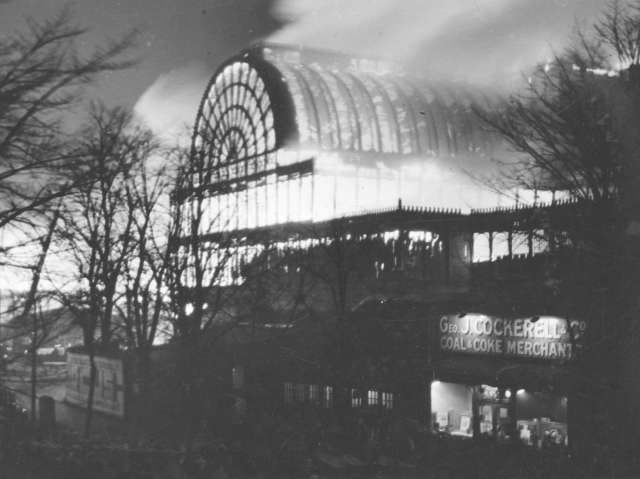
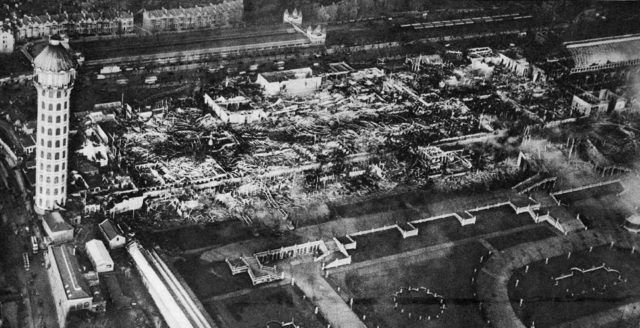
Over 100,000 people came to Sydenham Hill to see the blaze. Among them was also Winston Churchill, who stated, “This is the end of an age.”
There were numerous initiatives and proposals in the following years that spoke of building a new Crystal Palace. However, none of them was successful. As glorious as it was, the Crystal Palace will live in the memory, not only among Englishmen but the whole world as well.
